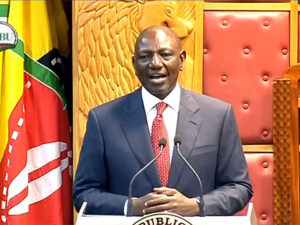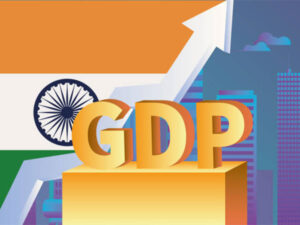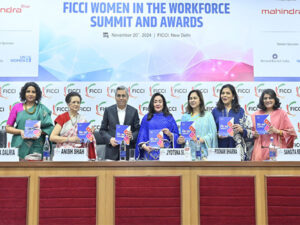
New Delhi [India], June 20 (ANI): There is a “distinct possibility” of widespread stagflation in the world, but in India, the risk of stagflation is low as the country has adopted prudent stabilisation policies, said a report released by the Finance Ministry on Monday. As forecasts of real GDP growth across economies drop at regular intervals, it will be the consequence of rising input costs, higher cost of living and tightening stabilisation policies pursued by central banks the world over to rein in inflation, the Finance Ministry said in its Monthly Economic Review May 2022.
The report noted that tightening fiscal and monetary policies can address inflation only from the demand side, insofar as they are able to smother pent up demand and roll-back stimuli announced as part of the COVID-19 relief package. “Simultaneously, from the supply side, trade disruptions, export bans and the resulting surge in global commodity prices will continue to stoke inflation as long as the Russia-Ukraine conflict persists and global supply chains remain un-repaired,” it said. “The World is looking at a distinct possibility of widespread stagflation. For now, the risk is lower for India than other countries,” the report added.
The report noted that the growth momentum of the fourth quarter of 2021-22 has carried into the first quarter of 2022-23 as reflected through several high-frequency economic indicators for India.
The composite PMI for India has risen to its highest level in the last 18 months. In contrast, the growth of world output appears to be stalling with the composite PMI of the US, the UK and the Eurozone declining appreciably from April to May.
This is consistent with agencies worldwide projecting a slowing of global economic growth from their earlier estimates. India’s growth forecast for 2022-23 has also been revised downwards although it continues to be the highest among major countries, the Finance Ministry said.
The provisional estimate of GDP released on 31st May 2022 shows that the Indian economy in 2021-22 has fully recovered the pre-pandemic real GDP level of 2019-20. The real GDP growth in 2021-22 stands at 8.7 per cent, 1.5 per cent higher than the real GDP of 2019-20. With real GDP growth in Q4 over Q3 also higher than in Q3 over Q2, a strengthening of growth momentum is evident in the fourth quarter of 2021-22.
Stronger growth momentum is also accompanied by an increase in capacity utilisation in the manufacturing sector from Q3 to Q4 reflecting a build-up of demand in the economy. Consistent with the demand build-up, the investment rate in Q4 has risen to the highest in the last 9 quarters.
The Finance Ministry said that the capex budget for 2022-23 is expected to underpin growth. However, as government revenues take a hit following cuts in excise duties on diesel and petrol, an upside risk to the budgeted level of gross fiscal deficit has emerged, it said.
Referring to the recent hike in interest rates by the Reserve Bank of India (RBI), the Finance Ministry said, “RBI’s monetary policy is now fully dedicated to reining in inflation pressures in the economy.” “It is raising repo rates and withdrawing excess liquidity from the banking system after inflation has remained persistently above 6 per cent for four consecutive months. Around the same time, the government also shared the heavy lifting for inflation control by effecting duty cuts and targeting subsidies to protect the needy against the price rise,” it said.
“The impact of these measures and subsequent ones, if any, on growth and inflation will manifest in the data in the coming months. However, the momentum of economic activities sustained in the first two months of the current financial year augurs well for India continuing to be the quickest growing economy among major countries in 2022-23,” the Finance Ministry said in the report. (ANI)


















